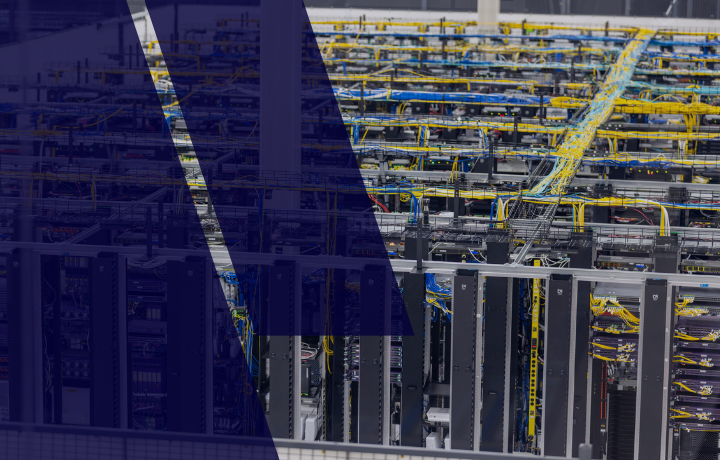
Application performance and reliability can make or break a business. Poor application performance, reliability, or availability is expensive, and the costs surpass lost productivity, including lost customers and revenue. Companies that cannot provide successful IT operations and working software risk tarnishing their corporate brands and users’ experiences. Achieving and maintaining the necessary application performance and reliability that users need is critical to your organization’s success.
It’s a continuous cycle
This infographic breaks down the eight key components contributing to your organization's application performance and reliability. An organization needs to understand all these areas and build the agility to use fast feedback cycles to address users’ requirements.
Overall, it’s essential to maintain a holistic and iterative approach. Each of the eight components contributes to the user experience. Incremental improvements feed back into one another as user feedback and data drive decisions on which next efforts will improve an application’s performance and reliability.
Click below to download this resource!




